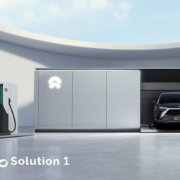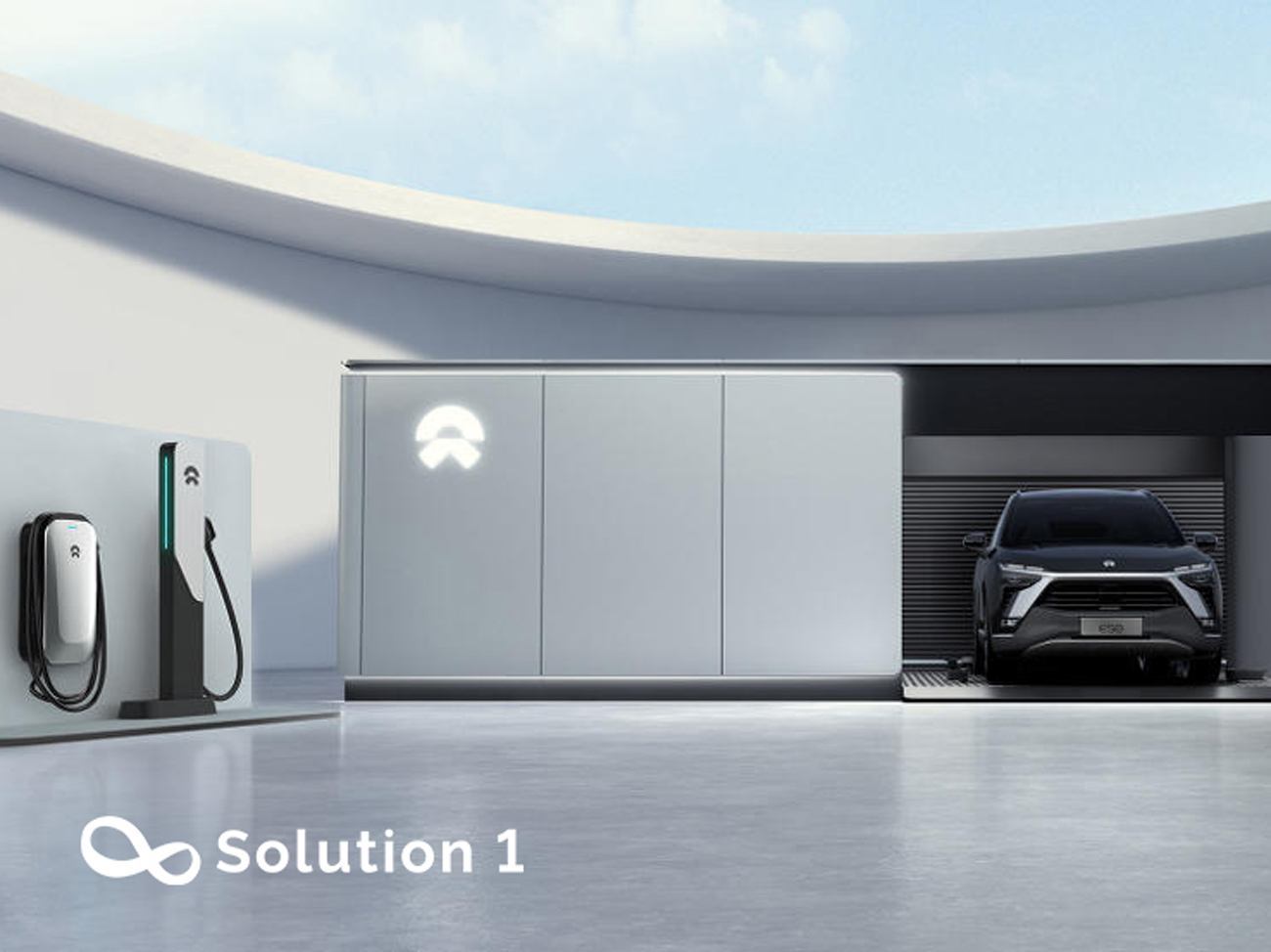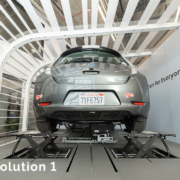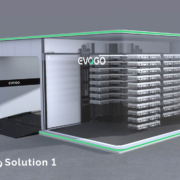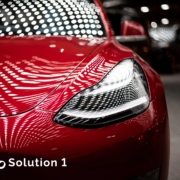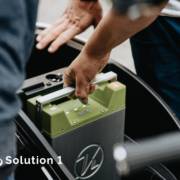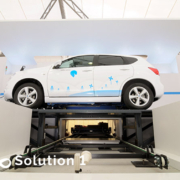Batteries swapping revives as electric vehicles thrive: prospects and advantages.
One German government report predicts that about 80,000 jobs might be lost by 2030 in the Swedish automotive industry as a consequence of the electrification of vehicles. However, new jobs will be created in the new segments. Across the world, politicians, decision-makers, energy producers, industry leaders, and ordinary people are thinking of how this transformation will take place and how it will impact them.
Globally, countries are targeting 100% renewable solutions, although the chosen technologies, solutions, technological and business paths to achieving targets, and the way the transformation is being conducted varies from country to country. The context and conditions differ between countries. A major question is whether the jobs lost or gained will occur at the same place in the world or whether jobs will be transferred from one place to another in the world.
The impact on society will be huge as a result of the transformation of technology towards electrification. Electric vehicles are simpler and contain fewer components while the electric systems themselves are much cheaper than the old mechanical systems such as engines, gearboxes, powertrains, etc. Many people within the contemporary automotive industry will lose their jobs, while other industrial segments will grow such as IT, electrical engineering and electronics, charging systems, and energy production and distribution. The old sales, service, and maintenance industries will have to transform into electrical maintenance which will be quite different.
As electric vehicles thrive, battery swapping revives. Such as a Chinese car manufacturer BAIC plans to invest $1.4 billion in building 3,000 swapping stations by 2022. NIO, a Shanghai-based electric vehicle startup, once offered its car owners 2020 lifelong battery swapping service for free and is now partnering with Sinopec to open 5,000 swapping stations by 2025.
The revival of battery swapping is driven by its three advantages over plugin charging: A swap takes only 3-5 minutes, whereas using even Tesla’s supercharger takes more than 30 minutes to charge a battery to 80%.
The short service time allows a swapping station to occupy much less space than a plug-in charging station to achieve the same service level. Compared with vehicle owners, service providers are able to charge and maintain batteries. Therefore, battery swapping is widely believed to prevail, especially in large cities.
The core of the battery swapping technology is the battery swap station. A battery swap station is a location where the discharged battery of a vehicle could be instantly replaced with a fully charged one, eliminating the delay due to the charging of the vehicle’s battery. Since NIO is a leader in this technology at the moment, the battery-swapping technology it has developed is an appropriate representation of the current state of this technology. Using battery swap stations developed by to swap a drained battery, an electric vehicle would first enter the battery swap station and be placed in the Flexible Locking and Unlocking Platform.
The drills would then remove the screws that attach the batteries to the vehicle, the displaced battery would travel on a conveyor belt into the battery storage compartment. Meanwhile, the battery storage compartment would also send a fully charged battery through the conveyor belt back to the platform. The drills would then install this battery into the vehicle, which completes the battery-swapping process.

